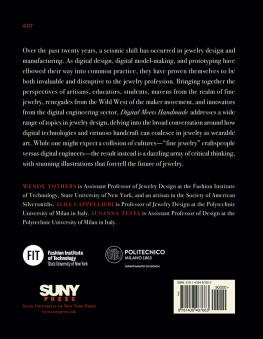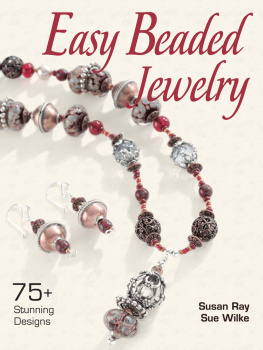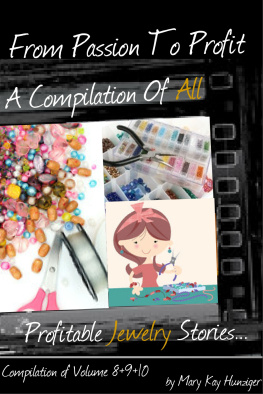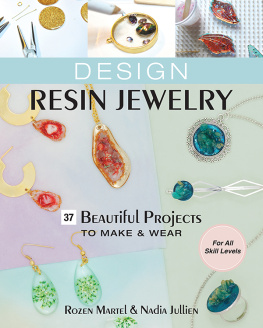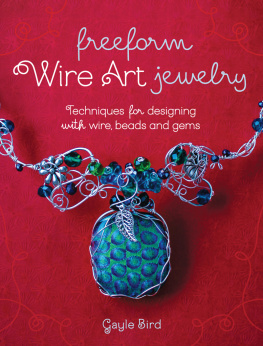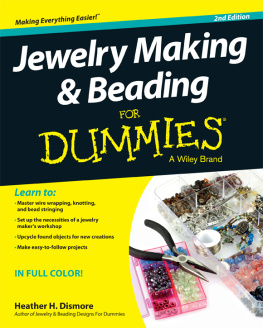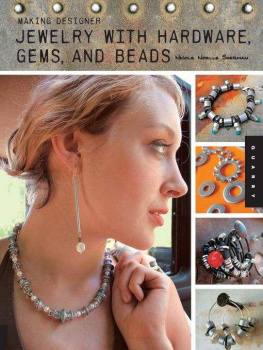DIGITAL MEETS HANDMADE

Jewelry Design, Manufacture, and Art in the Twenty-First Century
Curated by
Wendy Yothers and Alba Cappellieri
with Susanna Testa
Foreword by
Troy Richards, Dean, School of Art & Design,
Fashion Institute of Technology

Cover design by Aimee C. Harrison
Published by State University of New York Press, Albany
2021 State University of New York Press
All rights reserved
Printed in the United States of America
No part of this book may be used or reproduced in any manner whatsoever without written permission. No part of this book may be stored in a retrieval system or transmitted in any form or by any means including electronic, electrostatic, magnetic tape, mechanical, photocopying, recording, or otherwise without the prior permission in writing of the publisher.
For information, contact State University of New York Press, Albany, NY
www.sunypress.edu
Library of Congress Cataloging-in-Publication Data
Names: Digital Meets Handmade: Jewelry in the 21st Century (Symposium) (2018 : Fashion Institute of Technology, New York, N.Y.), author. | Yothers, Wendy, editor. | Cappellieri, Alba, editor. | Fashion Institute of Technology (New York, N.Y.), sponsoring body. | Politecnico di Milano, sponsoring body.
Title: Digital meets handmade : jewelry design, manufacture, and art in the twenty-first century : proceedings of the International Symposium, May 15th-16th-17th 2018, Fashion Institute of Technology, NY / curated by Wendy Yothers and Alba Cappellieri with Susanna Testa.
Description: Albany : State University of New York Press, [2021] | Fashion Institute of Technology; State University of New York; Politecnico Milano 1863. | Includes bibliographical references.
Identifiers: LCCN 2021025084 | ISBN 9781438487663 (paperback) | ISBN 9781438487656 (ebook)
Subjects: LCSH: JewelryCongresses. | TechnologySocial aspectsCongresses.
Classification: LCC NK7300.5 .D54 2018 | DDC 739.37dc23
LC record available at https://lccn.loc.gov/2021025084
Thanks to the Fashion Institute of Technology, in the persons of President Dr. Joyce F. Brown, Dean Troy Richards, Vice President for Academic Affairs Dr. Giacomo Oliva, and Deputy to the President for Industry Partnerships and Collaborative Programs Joanne Arbuckle.
Thanks to the Jewelry Program at Politecnico di Milano for their partnership in the symposium, and in particular to Professor Alba Cappellieri and Dr. Susanna Testa, who coordinated the Organization Committee.

CONTENTS
Troy Richards
Alba Cappellieri, Livia Tenuta, Susanna Testa
Sunyoung Cheong
Jeff Deegan
Karen-Ann Dicken, Sandra Wilson
Bin Dixon-Ward
Lynne Heller, Dorie Millerson
Christine Ldeke
Kadri Mlk, Sofia Hallik
Kim Nelson
Sasha Nixon
Annika Pettersson
Paulina Sierra
Synne Skjulstad
Donna Mason Sweigart, Patricia Madeja, Ashley Marcovitz, Hoo Hee
Sarvani Vaddi
Wei Xiong, Kaka Cheng, Liang Hao, Yan Li
Yu Xinan, Zhao Qian, Ren Lisha

Preface
Wendy Yothers, Fashion Institute of Technology, NY, USA Conference Chairwoman
In May of 2018, the Jewelry Design department of the Fashion Institute of Technology (FIT) and the Jewelry and Accessories masters program of the Politecnico di Milano collaborated to present the international symposium Digital Meets Handmade: Jewelry Design, Manufacture, and Art in the Twenty-First Century. The three-day event was held at FIT in New York City. Its purpose: to provoke a lively debate on how digital technology and traditional making by hand duel for influence in the aesthetics, the use, and the cultural contexts of jewelryas a manufactured product and as an applied art form.
Disruptive Innovation: Digital vs Handmade
There has been a seismic shift in jewelry design and manufacturing. Digital design, digital model making, and prototyping have elbowed their way into common practice and proven themselves both invaluable and disruptive to the jewelry profession. As planners of the symposium, we wanted to create a venue for discussion of the friction caused by the disruptive impact of digital on the notion of value embedded in handmade jewelry.
Our call for papers attracted artisans, educators, students, mavens from the realm of fine jewelry, artists, renegades from the wild west of the maker movement, and innovators from the digital engineering sector.
Thirty-seven speakers were selected from this diverse group. They came from across the US, as well as thirteen countries in Europe, Latin America, and Asia. As structure for the discourse, four primary questions connected the broad conversation around how digital technologies and virtuoso handcraft can coalesce in the education and practice of artists and jewelers:
How can digital software and new forms of output support hand-making techniques?
How does direct manufacturing by 3D printing with precious metals change jewelry manufacturing, with regard to the aesthetics, profitability, and traditional perceptions of quality in fine jewelry?
How must we respond to the ways computer-aided design (CAD) and rapid prototyping are redefining perceived value, driving aesthetics, and creating new contexts in wearable art?
What are best practices for bringing technology into the jewelry classroom, in regard to integrating CAD as an aid in ideation and tool making; introducing it into curriculum as a core aesthetic; or re-imagining the way we might teach art and craft to a generation of digital natives?
We were surprised
We expected a collision of cultures. We were prepared to break up fistfights between fine jewelry craftsmen, who believe the sterility of CAD compromises their art, and engineers, who reckon the expediency of the technology is too elegant and too obvious to question. We expected that artists who use CAD and rapid prototyping exclusively, as well as those who blend it with handcraft, would lock horns with jewelers who use the made-by-hand quality of their work to create their distinctive brand and their artistic voice.
What happened was a total surprise. Instead of conflict, the main theme running thorough the presentations was how both sectors embrace CAD and adapt the technology to their own purpose.
The papers presented, and the conversations that sprang up between sessions, have engendered further research. In fact, the discussion has grown legs. The discourse that began in New York at Digital Meets Handmade has carried forward in international symposiums, articles, and papers from Santa Fe, New Mexico to Birmingham, UK and beyond. To our surprise and delight, getting all the stakeholders in our industry together in the same room had one lasting, unexpected consequence: everybody got to look over the fence to see what everyone else is doing. The consensus (if there can be said to be one) is summed up in this quote from the historian Richard Sennett:

